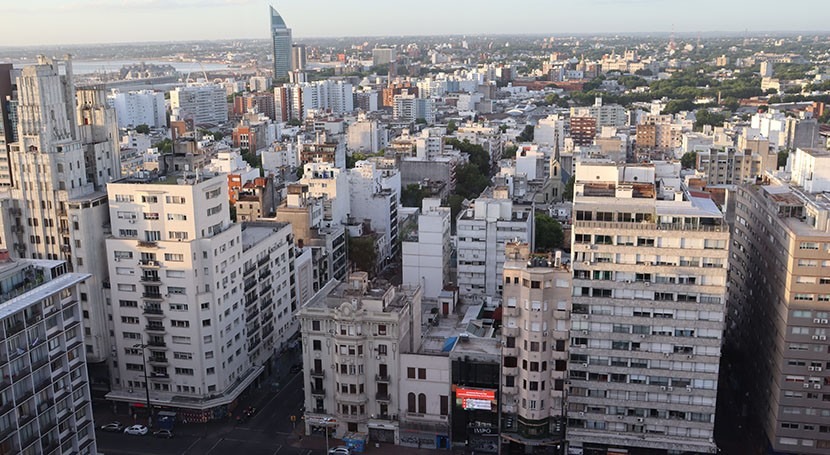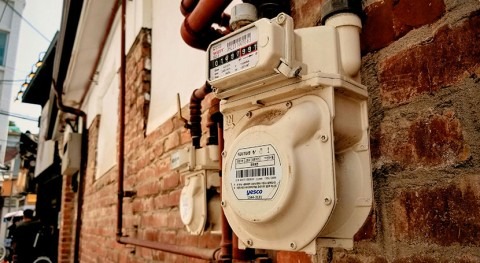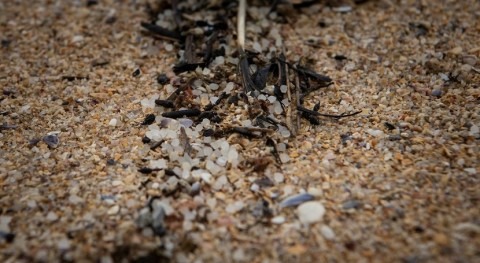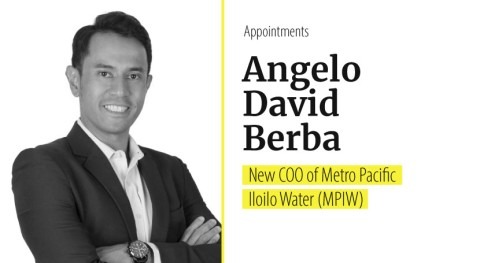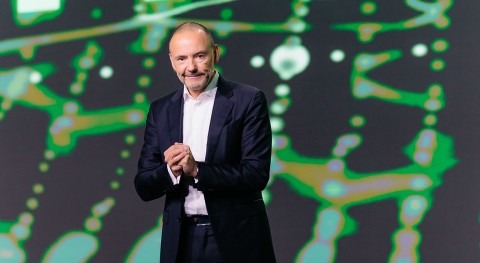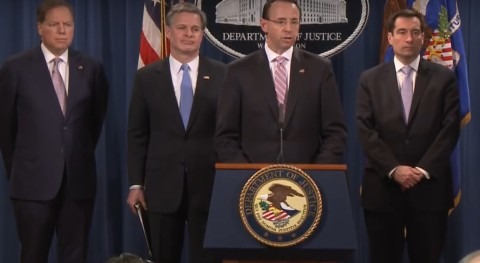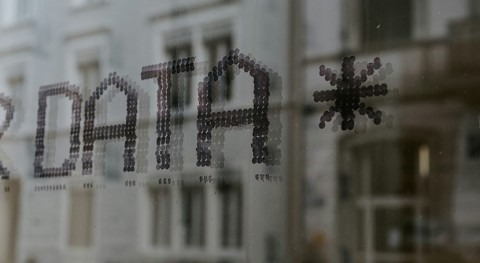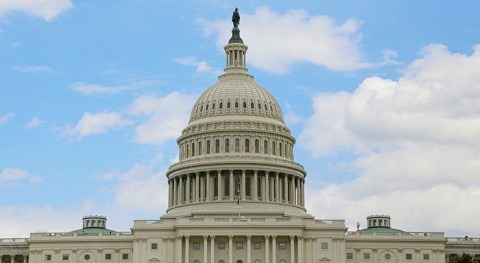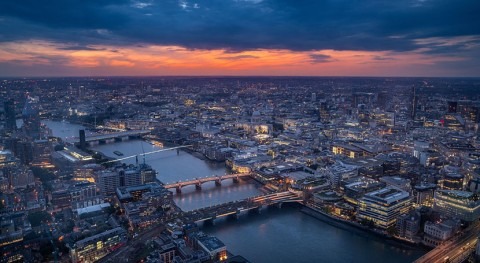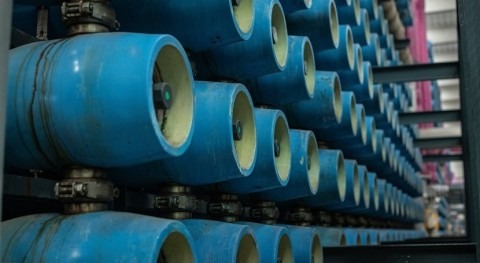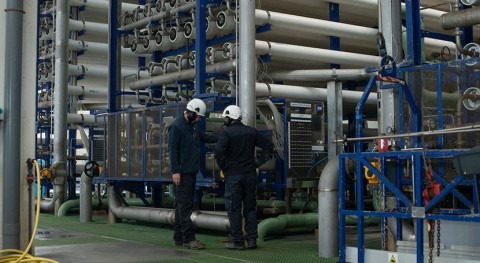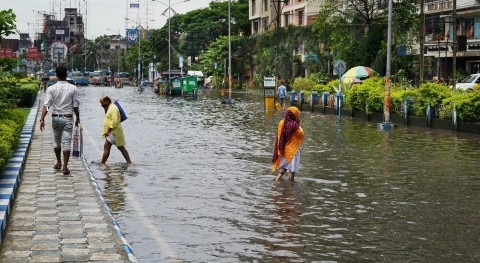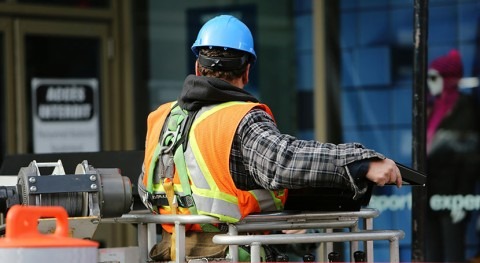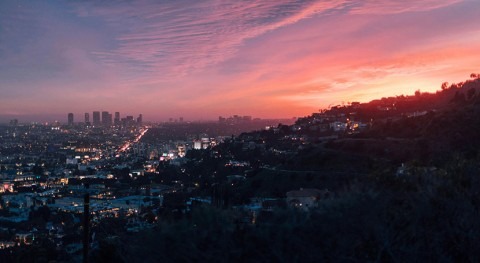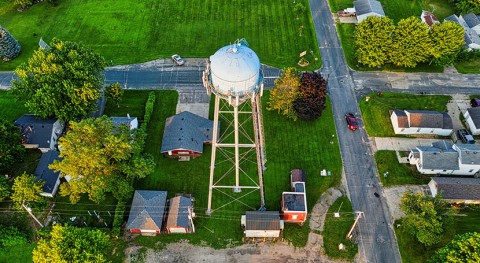Over half of Uruguay's 3.5 million citizens are facing the harsh reality of not having access to safe drinking water, and this dire situation could persist for months to come, reports The Guardian.
This crisis was foreseen by some experts years ago when they pointed out the vulnerability of the sole reservoir supplying water to the metropolitan area around Montevideo, the capital city.
Despite being considered a high-income country in Latin America with historically abundant water resources, warnings about diminishing supplies were disregarded, and investments were postponed, viewing such concerns as catastrophic.
Now, after three consecutive years of drought, the freshwater reservoir has almost dried up, prompting the state-run water supplier, OSE, to resort to gradually adding brackish water from the Rio de la Plata estuary to avoid severe shortages.
However, this temporary solution has come with its own challenges. By early May, the water had reached maximum levels of sodium and chlorides recommended by the World Health Organization (WHO), and it has since doubled those levels, resulting in an unpalatable taste and raising concerns about potential health effects.
While authorities argue that the chemicals only impact the water's taste and smell, they maintain that it does not necessarily pose a risk to most people's health. Nevertheless, vulnerable groups, including infants, pregnant women, and individuals with health conditions, have been advised against drinking the water. Yet, conflicting claims persist regarding its safety for the broader population.
Academics are divided as well. Álvaro Mombrú, the dean of the chemistry faculty at the Universidad de la República, currently advises against its consumption. On the other hand, his colleague Arturo Briva, the dean of the medicine faculty, believes the water is still safe, though he warns that prolonged exposure to the elevated levels of sodium and chlorides may have consequences.
As a result of this water crisis, experts are advising citizens to take shorter showers, and there has been an increase in reports of water heater damage.
In response to the escalating situation, a poll conducted in May revealed that approximately half of the affected population in the region had reduced their consumption of tap water, and 35% had entirely stopped drinking it.
To address the pressing need for clean drinking water, the government has exempted taxes on bottled water and announced plans to provide free bottled water to over 500,000 people.
As the country grapples with this water scarcity, Mario Bidegain, a meteorologist, emphasized the difficulty in calculating the exact amount of rain required to restore normalcy. Even if heavy rains arrive as anticipated by early September, authorities will still face tough decisions on whether to restore sodium and chloride levels back to normal or maintain a mix to ensure supplies if the drought persists. "We will probably come out of this slowly," Bidegain stated.
The center-right administration of President Luis Lacalle Pou, previously lauded domestically and internationally for its handling of the Covid-19 pandemic, is now facing significant criticism for its sluggish response to the ongoing water crisis, with many Uruguayans expressing discontent.
A key point of contention is the government's heavy reliance on the hope of autumn rains as a solution to the water shortage, which has left citizens questioning the effectiveness of their approach.
The current government points fingers at previous administrations, particularly the left-wing Broad Front coalition that governed from 2005 to 2020, for not making sufficient investments in water infrastructure, thereby exacerbating the current predicament.
In the pre-crisis period, President Lacalle Pou's administration had announced a $210 million project aimed at sourcing safe drinking water from the Rio de la Plata. This move effectively shelved another project that had been designed during the previous government's tenure but had not yet been initiated.
José Mujica, who served as president from 2010 to 2015, has taken some responsibility for the situation, acknowledging that there were oversights during his time in office. He candidly stated, "We all fell asleep" when questioned about the crisis.
Adrián Peña, a former environment minister under Lacalle Pou's administration, highlighted that all political parties share responsibility for not prioritizing investment in water management. Whenever concerns about water scarcity were raised in the past, the response was dismissive, with officials often claiming that such a crisis had never occurred before.
As the water crisis continues to affect millions of Uruguayans, the government faces mounting pressure to address the situation promptly and effectively, while also considering long-term strategies for water infrastructure and management.


